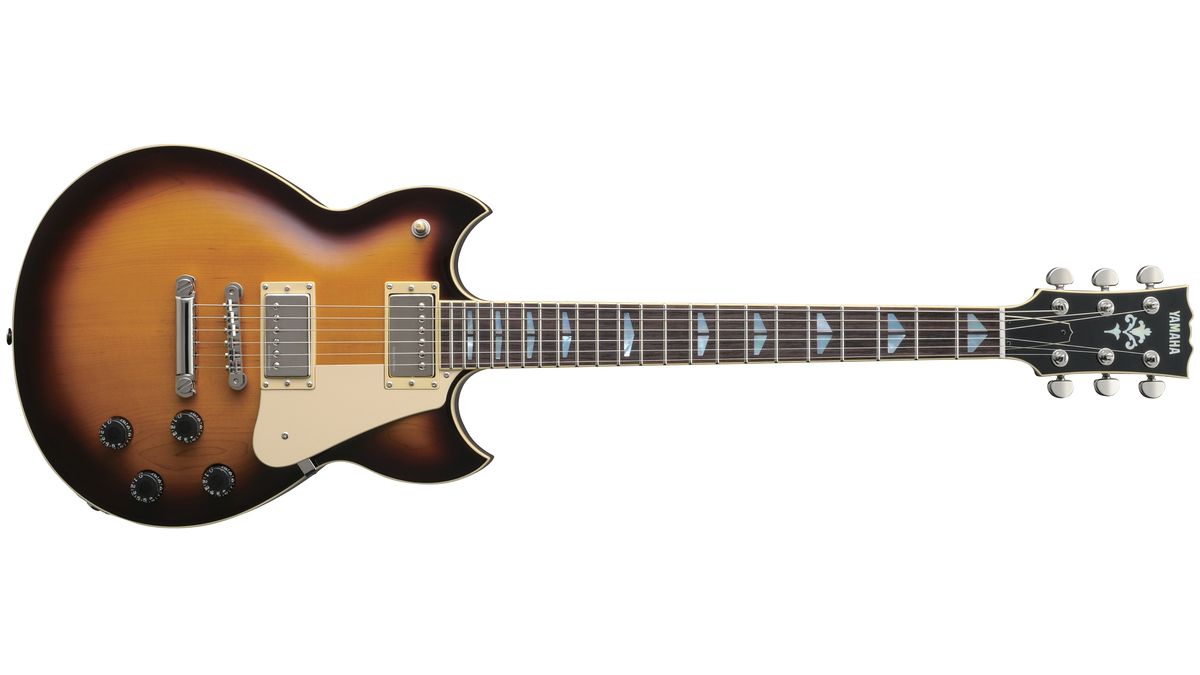
Choose a Yamaha SG and you’re in good company. Since 1976, the roll call of giants to take up history’s best-loved Japanese electric guitar has been a real eye-opener – from Carlos Santana and Bob Marley, Robben Ford and the Jackson 5.
Although the original, discontinued, rare-as-it-gets SG models now hang out in auction houses and A-list collections, the rebirth of Yamaha’s SG1800 series in 2010 has put the legend back in the hands of working musicians, offering them a day-to-day tool and future collectible.
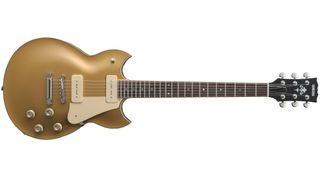
This new range is now on course for the same collectible status as the originals
If history has taught us anything, it’s that you shouldn’t hang about to stake your claim to a Yamaha SG. Right from the start, these fabled doublecut electric guitars have moved fast, never staying long on the shelf, always finding their way into the racks of the players and collectors in the know.
By 1988, with the SG series ceasing production, snapping one up got even harder, with buyers forced to either hunt down a private sale or pay top-dollar for a bespoke model from Yamaha’s custom shop.
But all that changed in 2010. Over the past decade, Yamaha’s renowned Music Craft Facility in Japan has produced the modern SG1800 series in limited numbers, and this new range is now on course for the same collectible status as the originals.
With features that include Seymour Duncan and EMG pickups, Grover locking tuners, TonePros AVR-II bridge and T1Z tailpiece, three-piece mahogany set neck, hourglass mahogany body and a deeper carved maple top – all set off by those unmistakable twin horns – the SG1802, SG1820 and SG1820A are instruments you’ll want to both play and polish.
The SG1802, SG1820 and SG1820A are instruments you’ll want to both play and polish
It’s quite a coup for a Japanese builder to boast a design that competes with the kudos of the American big boys. But then, the Yamaha SG always was a giant-killer.
The roots of the series go back to 1966, when the SG2 broke cover as a plucky contender (albeit too quirky to truly set the world alight). In 1972, the SG morphed into a stylish-but-derivative design with shades of existing US models. But in 1976 came the lightbulb moment, as Yojirou Takabayashi’s design team – with a little help from the great Carlos Santana – unveiled the all-time-classic Yamaha SG2000, and announced Japan as a new force in guitar construction.
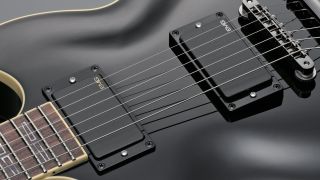
The Yamaha SG2000’s genius lay in its complement of features and impeccable execution
At a time when the quality of US electric guitars was widely believed to be dipping, the Yamaha SG2000’s genius lay in its complement of features and impeccable execution. Like the Les Paul, that original release of ’76 featured a beautifully carved maple top and mahogany body, twin humbuckers with dedicated volume and tone controls, plus a tune-o-matic bridge with bar tailpiece and expressive 24¾-inch scale.
But there was innovation afoot in the SG2000, too, with Yamaha’s patented T-Cross System comprising twin flanks of mahogany running either side of the maple thru-neck, giving stability, resonance and a complex tone fusing the characteristics of both timbers.
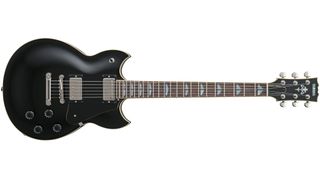
Beneath the top and bridge, meanwhile, the SG2000’s revolutionary brass sustain block was made for notes that seemed to sing out forever. “The sustain was really important to Carlos,” remembers guitarist Chris Solberg, who joined the Santana lineup in 1978 for the Inner Secrets album. “His criteria at the time was that long note in the song Europa. If he could get that note to really sing, he was happy.
"And the Yamaha could do it. He played my ’55 hardtail Strat on the solo to Winning, but I think everything else he recorded while I was in the band was done with his Yamaha.”
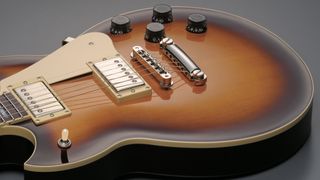
The SG series ran and ran, smashing industry convention with every new model. In 1976, the SG1000 introduced Yamaha’s Bi-Sound circuit that meant players could split their humbucker coils for a more biting tone. By 1983, the SG1000-24 offered a solo-friendly fretboard of two full octaves. In every case, Yamaha’s quality control became legendary, with each imported Japanese guitar treated to a thorough QC on US soil, with frets dressed and levelled, fingerboards buffed and woods acclimatised in the warehouse for weeks.
The churn-it-out philosophy of the flagship US builders simply couldn’t compete. As Santana told Guitar Player: “They just wrap a hamburger and throw it at you. There’s nothing individual about it. Whereas, Yamaha, to me, is more like my wife at Thanksgiving. She puts effort and time and love behind it, and you can feel it. You can feel it when you pick up that guitar.”
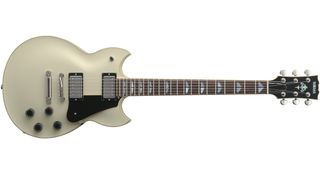
All good things come to an end. But if the halt of SG production in 1988 was a frustrating full-stop for players yet to claim their Japanese thoroughbred, the story still had a twist, as in 2010, the NAMM show in California buzzed with the world debut of Yamaha’s reborn SG1800 range. Drawing on feedback from Yamaha’s London, Tokyo and LA Artist Relations Offices, and hand-built at the famous Music Craft Facility in Japan, the SG1802, SG1820 and SG1820A cherrypicked timeless features while updating the spec for a new generation.
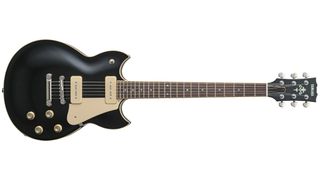
A decade later, those three SG1800 models are snapping at the heels of the classic SG2000 when it comes to kudos and collectability. For the players who prefer a vintage vibe, there’s the SG1802, boasting twin Seymour Duncan P90s and black or goldtop finish.
For the new breed of rock ‘n’ rollers, there’s the SG1820, with Seymour Duncan ’59 SH-1 humbuckers and your choice of Vintage White, Brown Sunburst or Black finish.
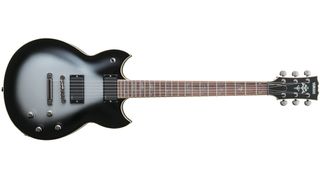
Last – but perhaps loudest of all – is the SG1820A: a hard-rock machine with EMG 85/81 humbuckers, moody monochrome hardware and the player’s pick of Black or Silver Burst finish.
Hang out on collector forums, or peruse the arsenal of any top-flight player, and you’ll be left in no doubt that this giant-killing Japanese guitar demands a place in your rack. Your Yamaha SG is waiting.
Discover the Yamaha SG1800 series here
Get the MusicRadar Newsletter
Want all the hottest music and gear news, reviews, deals, features and more, direct to your inbox? Sign up here.
